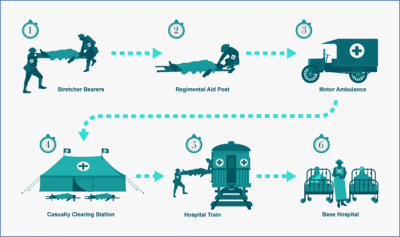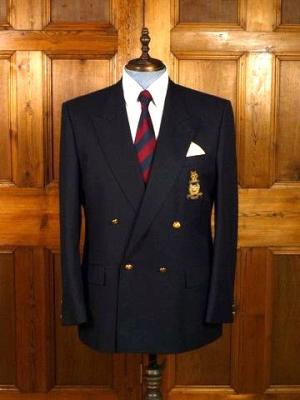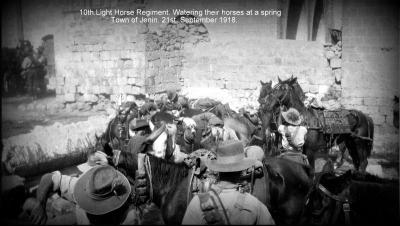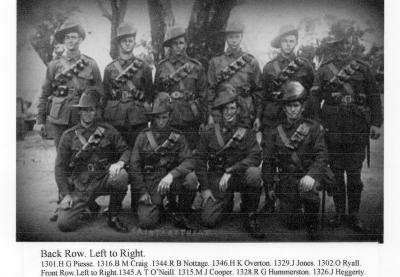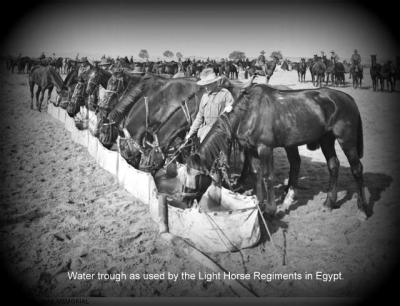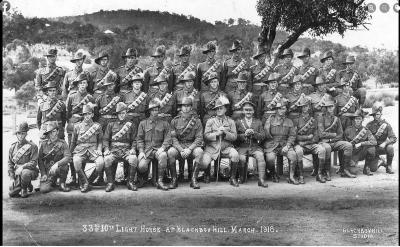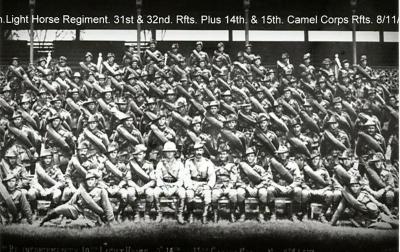Medical Evacuation Chain - World War 1 - Hospital Ship Warlinda
Built in 1912, Warilda was soon carrying troops to war as HMAT A69. After three round trips, she was sent to the UK to be converted to a hospital ship. Later in WW I Germany no longer allowed hospital ships immunity from attack, and Britain decided to abandon painting them white and lit at night. Several vessels including Warilda were re-classified as ambulance transports. They were painted in camouflage and armed. On 2 August 1918 Warilda sailed from Le Havre escorted by two destroyers. She was carrying 660 wounded soldiers as well as 60 medical staff, including nursing sisters, and 115 crew. Early the following morning she was torpedoed in the engine room and sank. Of those on board 123 lost their lives including 102 of the wounded soldiers. Warilda had completed 180 trips between France and Britain, successfully carrying over 80,000 casualties.
During World War I, the Australian Imperial Force (AIF) suffered 58,339 deaths and 151,948 wounded. To help deal with so many injured and sick soldiers, the Australian Army Medical Corps was expanded. Australian soldiers served. They also worked in Australian hospitals for returned soldiers. Separate entries cover the Regimental Aid Post, the Field Ambulance, Casualty Clearing Stations, Base Hospitals (General, Stationary and Auxiliary), Command Depots and Convalescent Depots, Ambulance Trains, Ambulance Barges, and Hospital Ships.
In 1914, Australia was well supplied with modern passenger ships available to convert to hospital ships. During World War One, after an initial experience, five liners were used at various times as troop ships and as hospital ships, with two being lost to submarine attack.
Details
Details
The medical evacuation chain and medical services are presented in a separate section of the World War 1 Galleries. Artefacts relating to medical services, the treatment of wounds, casualty recovery are also found throughout the Galleries. Individual stories of doctors, nurses, stretcher bearers are also found throughout the Museum. The Prisoner of War Gallery highlights the degree of medical improvisation and professional skills that saved many lives on the Thai Burma Railroad.
Australian Army Museum of Western Australia
Australian Army Museum of Western Australia
Other items from Australian Army Museum of Western Australia
- Medical Evacuation Chain - World War 1 - Poster
- Cap, Uniform, Peaked, Coloured
- Watercolour of passenger ship leaving Fremantle docks, 1907
- India Medal (1895-1902)
- Regimental Blazer
- World War 1, Middle East, Syria, Jeneen, Logistic, Watering,10 Australian Light Horse, 1918
- World War 1, Middle East, Syria, Damascus, Logistics, Watering, 10 Australian Light Horse, 1918
- World War 1, Middle East, Palestine, Jordan Valley, Logistic, Watering 10 Australian Light Horse, 1918
- World War 1, Western Australia, 10th Reinforcement, 10 Light Horse, 1915
- World War 1, Middle East, Egypt, Logistics, Watering, 10 Light Horse, 1915
- World War 1, Western Australia, 33rd Reinforcement, 10 Light Horse, 1918
- World War 1, Western Australia, 31st Reinforcement and 32nd Reinforcement,10 Light Horse, 1917
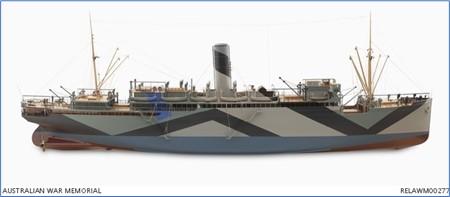
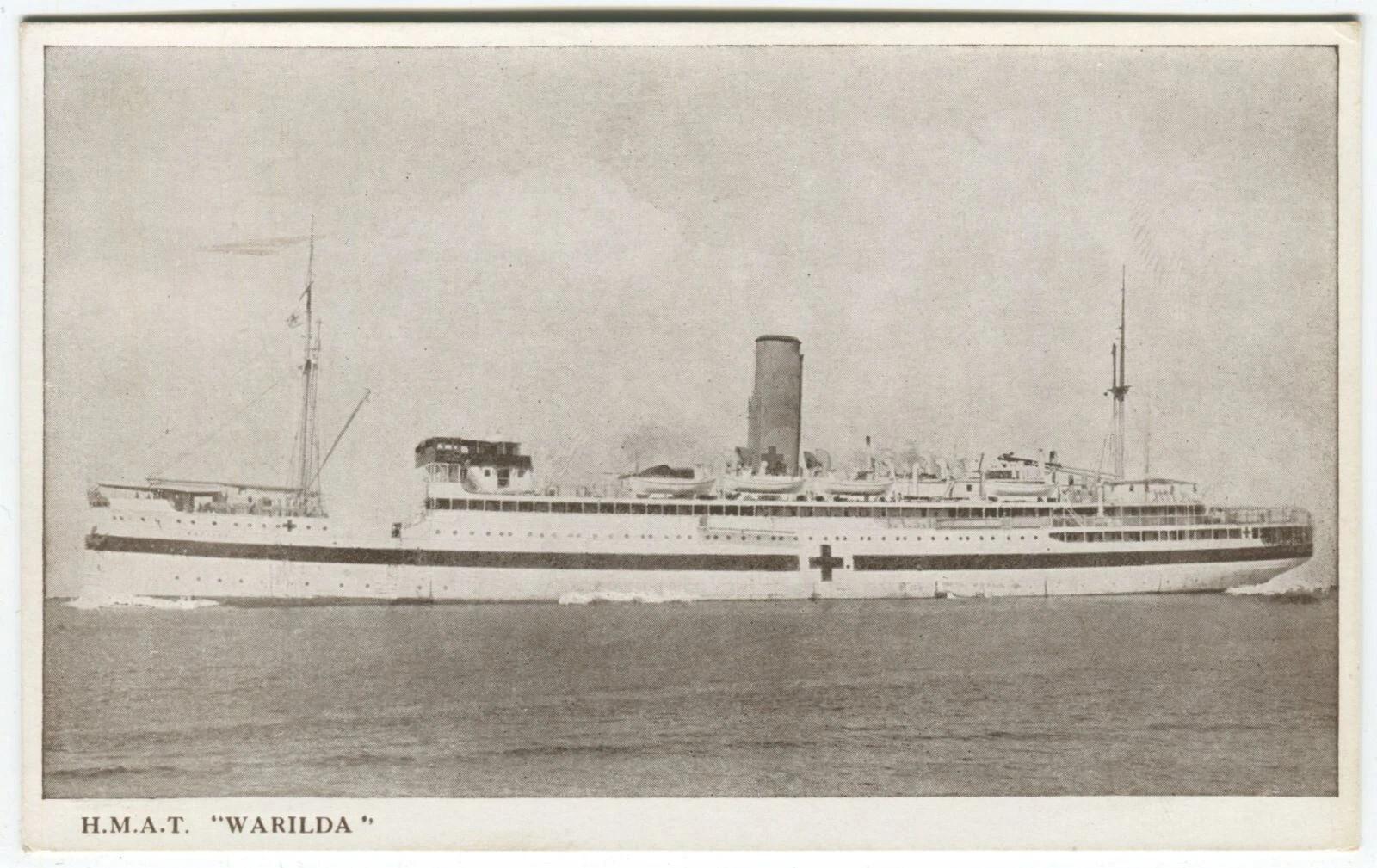
Scan this QR code to open this page on your phone ->

